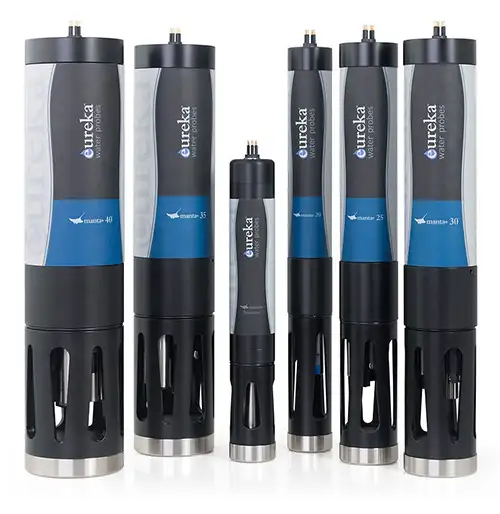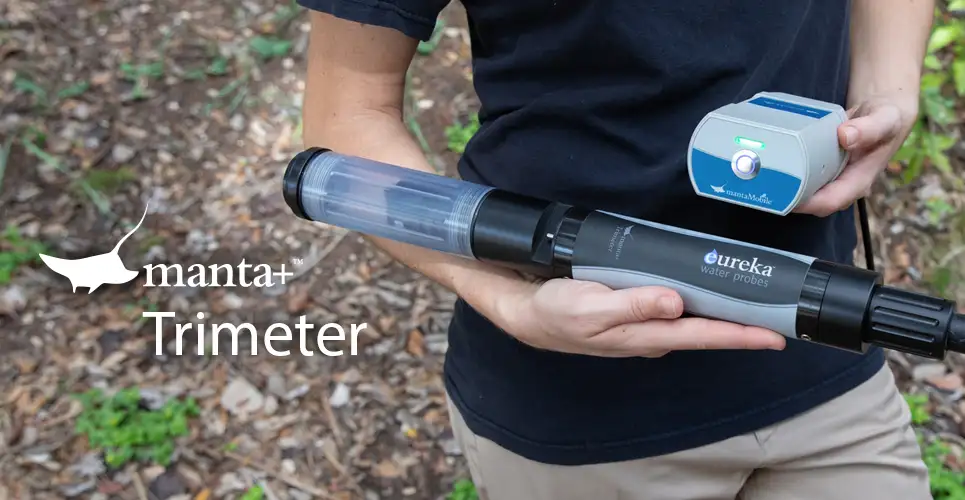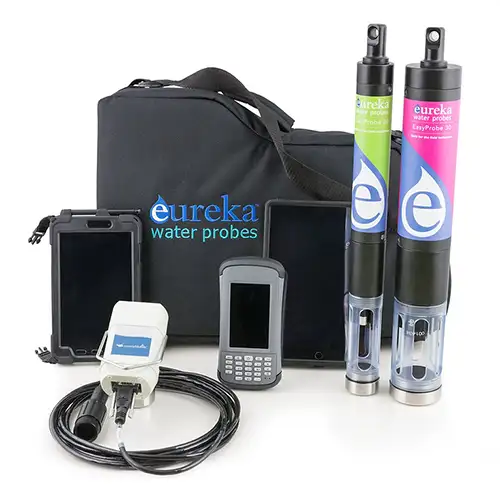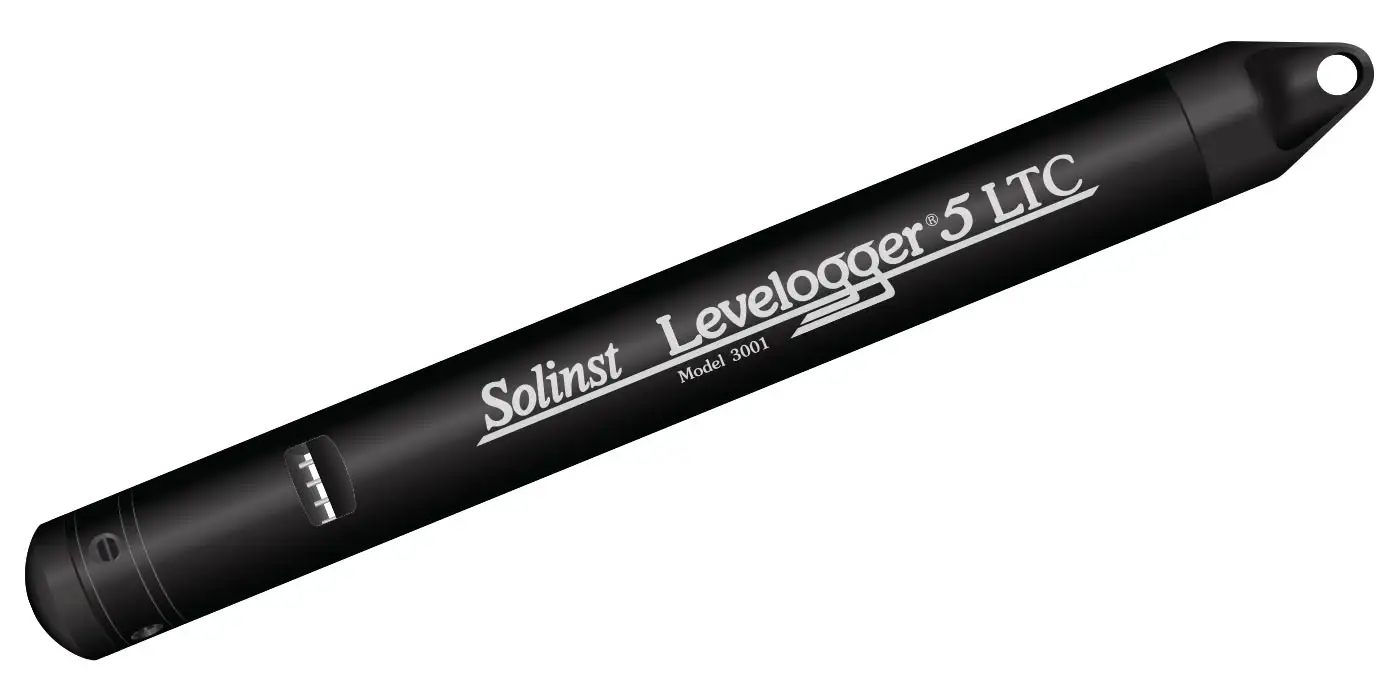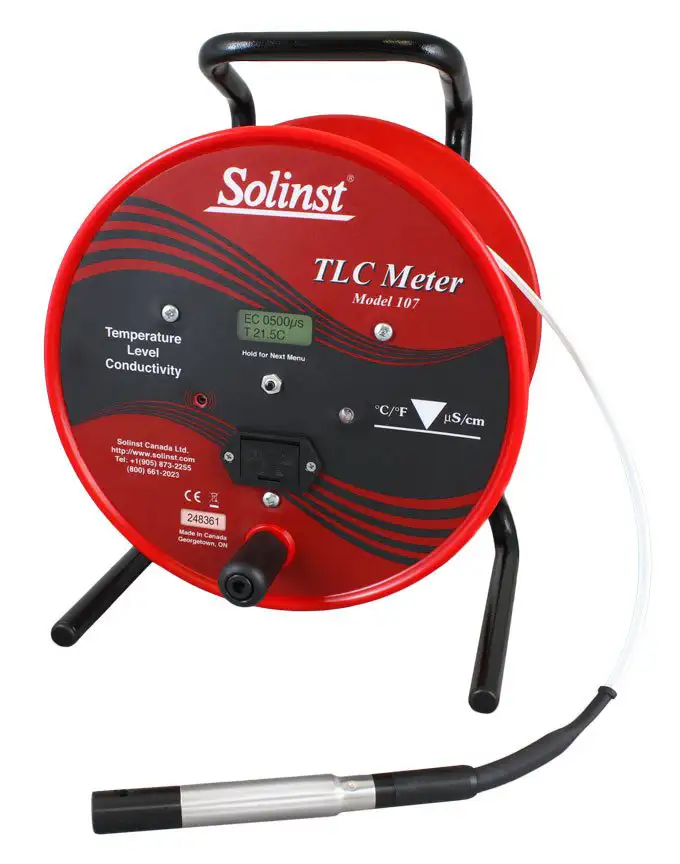Optical Brightener Sensors: Water Quality Monitoring
Solinst Eureka
2113 Wells Branch Pkwy, Suite 4400
Austin, TX, USA
78728
Tel: +1 512-302-4333
Fax: +1 512-251-6842
email: [email protected]
Water Quality Probes
Solinst Eureka, a global leader in the design and manufacture of multiparameter water quality sondes.
Solinst Field Services
Safeguard your project’s success and mitigate any potential for downtime or additional costs.
Why would I want to measure Optical Brighteners?
Optical Brighteners (OBAs) or Fluorescent Whitening Agents (FWAs) are added to products, such as laundry soaps, detergents, or cleaning agents. Fabrics or materials absorb OBAs during the washing or cleaning process. When illuminated by ultraviolet light, they fluoresce and make products and fabrics appear brighter.
Laundry wastewater is the largest contributor of brighteners to wastewater systems. FWA or OBA contributions to the total volume of most laundry detergents is less than 0.5%, however a large portion (5-80%) can remain in discharged wastewater as dissolved compounds (molecular). The presence of brighteners in water systems to which wastewater is being discharged could mean failing septic systems, sewage leaks, or complete lack of water treatment. Therefore, detection of optical brighteners in aquatic systems can help water municipalities or researchers correct system failures and avoid increased anthropogenic input that may greatly impact ecosystems.
Studies have shown a correlation between fluorescence of brighteners and fecal coliform levels in aquatic environments. Water quality is currently being assessed by fecal coliform standards through federal, state, and municipal agencies. Public access to water bodies such as lakes, rivers, or beaches that do not meet these standards can be restricted, thereby impacting tourism and ultimately the local economy. The main problem in prevention of increased fecal coliform levels is the inability to determine the source of the contamination (human/non-human). Laundry wastewater is typically discharged through the household sewer or septic systems; thus brighteners are a component of sewage wastewater. Brightener correlation to fecal coliform levels can provide valuable information to help researchers determine if contamination sources are attributed to human waste.
Brighteners are highly susceptible to adsorption. They are removed from surface and ground water by adsorption onto soil and organic material. This allows researchers to also assess the effectiveness of natural cleansing of wastewater by determining brightener concentrations in ground or surface waters
How are Optical Brighteners Measured?
Optical brighteners, or fluorescent whitening agents (FWAs in the detergent industry), are compounds that are excited (activated) by wavelengths of light in the near-ultraviolet (UV) range (360 to 365 nm), and then emit light in the blue range (400 to 440 nm). Electrons in fluorescent molecules are excited into a higher energy state by absorption of light and then emit a small amount of heat plus fluorescence as the electrons return to their ground state. The fluorescence from the second excited state is measured by Eureka’s OBA fluorometer and converted to ppb of OBA up to 2500 ppb.
What should I know about Optical Brighteners measurement in the field?
Solinst Eureka’s Optical Brightener sensor has a large dynamic range (>5000 parts per million) which allows it to operate in most aquatic environments, and its high resolution increases its accuracy. The MantaPlus with Optical Brightener sensor may be used in studies to locate specific sites where on-site wastewater systems may be entering rivers or other waterways. Multiparameter probes with OBA sensors may be deployed for continuous monitoring or used for discrete sampling. Fluorometric determinations of brightener concentrations in natural water samples have been useful in finding wastewater sources and fecal coliform contaminations for Health Department studies, as well as in general research.
Fouling is the biggest field problem for fluorescence sensors. Any foreign material that accumulates on the active surface of the sensor will either reduce the amount of emitted light or received light, or both. And sometimes the foreign material might provide a false signal by fluorescing at the same wavelength. Fouling typically does not pose a problem when profiling or spot checking for daily surveys; only when deployed for extended periods. For continuous deployment, anti-fouling accessories may be added, such as Eureka’s universal wiper system, and copper mesh sensor guard.
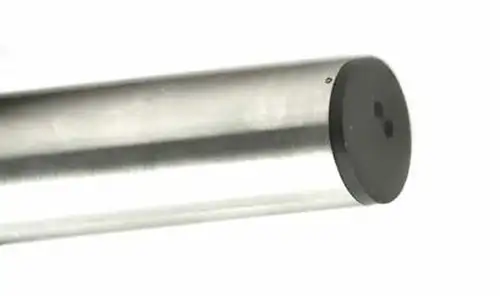
Optical Brightener Sensors for
Water Quality Sondes
- Range
0 to 300 ppb - Accuracy
linearity of 0.99 R² - Resolution
0.01 - Units
ppb - Calibration
lab-qualified sample
secondary solid standard cap (“cal cube”) - Maintenance
cleaning and calibration - Sensor Life
5+ years - Sensor Type
fluorescence
Features and Benefits of Solinst Eureka’s Optical Brightener Sensors
Solinst Eureka MantaPlus multiparameter sondes may be configured to include any of our fluorometers. The OBA sensor may be installed in the probe, along with other sensors such as additional fluorometers, turbidity, dissolved oxygen, pH and conductivity. This makes for a cost-effective approach, as there is no need to buy a dedicated fluorometer system. Operation is made easy, as the OBA sensor is controlled by the Manta Control software, like other installed sensors. When only the OBA sensor is needed, it may also be installed stand-alone on one of Eureka’s smaller probes, such as the Trimeter.
Manta Plus and Trimeter Multiprobes may be configured with battery backs for autonomous self-powered deployment, used with field displays for site-to-site spot checking, or connected to data telemetry stations for real-time remote monitoring. Eureka sondes equipped with fluorometers are portable, durable, and cost-effective.
Related Products
Manta Series Water Quality Probes
Solinst Eureka offers the largest selection of water quality sensor technologies in the industry. So in addition to standard configurations, each probe may be customized for your specific application. Pick sensors of your choice to fully populate larger probes, or add a battery pack to convert a probe to a logging device.
Manta Trimeter Water Quality Probe
The Trimeter holds any one sensor* from the Sensor Parameters list, Plus temperature and depth sensors (both are optional). For example, a Trimeter configuration could be turbidity, temperature, and depth. Another example could be DO and temperature.
EasyProbe: Water Quality Sondes
The EasyProbe, by Solinst Eureka, is a high-performance, cost-effective water quality monitor. It's ideal for spot-checking, remote telemetry, education, research, aquaculture, and more. The EasyProbe20 includes sensors for temperature, dissolved oxygen, conductivity, and pH, while the EasyProbe30 adds a turbidity sensor. Eureka multiprobes are known for their reliability, with a three-year warranty covering all sensors, and have the lowest maintenance costs in the industry.
Water Level, Temperature & Conductivity Datalogging
The Levelogger 5 LTC measures and logs water level fluctuations, temperature and conductivity. It is programmed to record at intervals as often as 2 seconds. It includes an 8-year battery, memory for 100,000 sets of readings, and comes in 6 pressure ranges. A PFAS-free coating (inside and out) provides superior corrosion and abrasion resistance.
TLC Meter – Measure Accurate Temperature, Level & Conductivity
A TLC Meter provides accurate, stable temperature and conductivity measurements, displayed on a convenient LCD display for easy reading. Static water level and depth of readings are read off Solinst flat tape, which is precisely laser-marked every mm or 1/100 ft. Tape lengths are available to 300 m (1000 ft).

